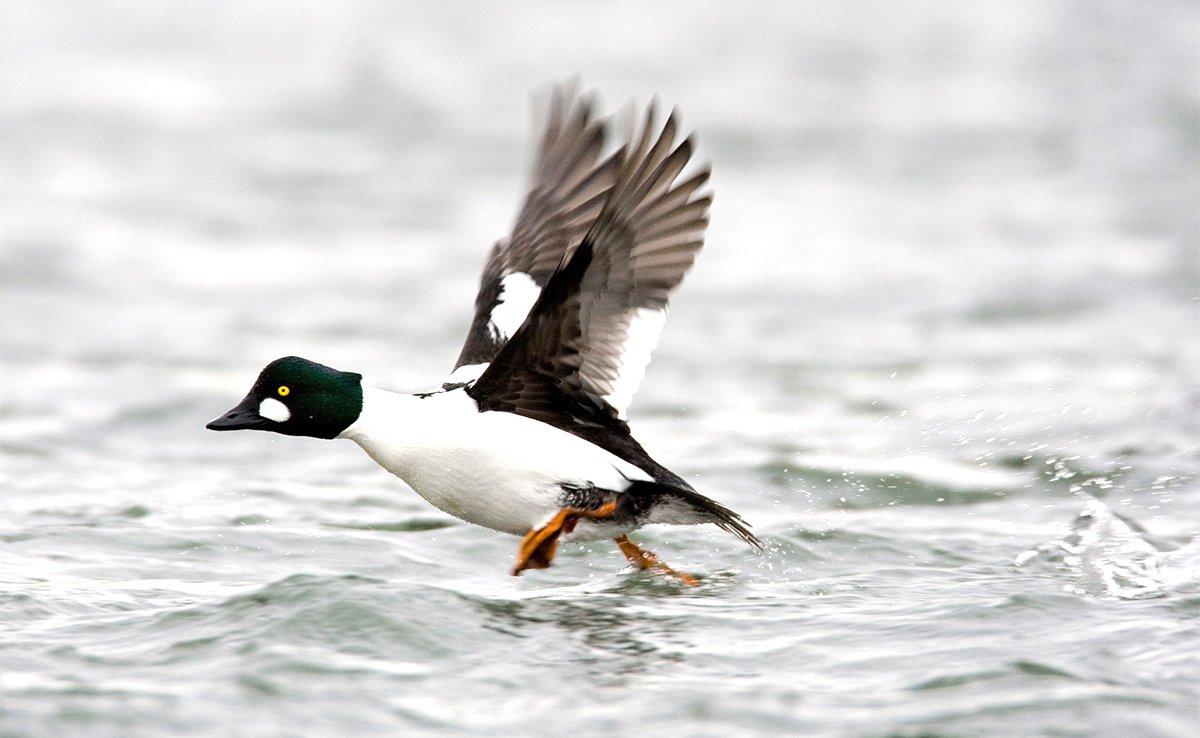Defining the Escape Skills of North American Fowl
Waterfowlers love to talk about physically tough ducks — birds that shake off seemingly lethal charges of shot in the air or on water and then dive or swim to escape.
The idea is a bit misleading, I think, because hunters are often responsible for creating seemingly rugged birds. Poor choices in shots, chokes and shot sizes can result in nonlethal hits. Wind, human error and other factors also cause crippling shots. Hasty or errant follow-up shots prolong the process. And then, when a bird clings to life and doesn't succumb to a few groundswats, we label it as tough. Really, all wounded ducks will struggle to their final moments to escape or survive. It's our responsibility to dispatch them cleanly and quickly.
But let's agree that some ducks seem more resilient than others. Here's my choice for North America's toughest duck.
Puddlers
All puddle ducks seemingly exhibit the same degree of toughness. The mallard is my pick in this category, based solely on size. It's a big, hardy bird, and late in the season, it carries an armor of fat and thick feathers.
Yet even smaller puddlers are relatively tough. I marvel at early season wood ducks that come alive after they've been shot and slink to a bog or undercut bank to hide. And I once shot a bluewing at 10 yards that hit the water, dove and vanished.
Divers
Like puddlers, divers are tough customers. And their natural behavior of diving makes them more difficult to finish off than dabblers. Wind and rough water complicate the mix. I've witnessed cans, bluebills, ringnecks, redheads, buffleheads and ruddy ducks withstand seemingly solid wing-shots, hit the water diving and then lead hunters on long, multi-round chases before finally succumbing.
But there's only one winner here: the goldeneye. Maybe it's because they're such large, heavily feathered birds. Or perhaps it's just in their wild nature. Whatever the reason, they are robust. If a downed goldeneye lifts its head or regains its senses, get ready, because you'll have a long pursuit. Heck, some wounded whistlers dive from the air instead of splashing down on the water. Crippled goldeneyes will dive for long periods, surfacing only long enough to grab a breath and then dive again as an ounce-plus of shot pounds the water above them. And if they swim far enough into waves or against a shoreline, forget it. Get on a wounded whistler quickly, and don't stop shooting until it's obviously dead.
Sea Ducks
Admittedly, this category is incomplete, as I've never gunned eiders or harlequin ducks. So, I'll have to pick from longtails and the scoters.
The champ, of course, is the longtail. That's a bit baffling, too, as they're relatively small, graceful ducks. Yet unless a longtail falls to the water dead, you'd best be ready for follow-up shots. In fact, even if they appear to be dead, get ready to shoot. They are the toughest, trickiest duck I've ever tried to finish off.
Like a goldeneye, they seem oblivious to water-swats. And their diving prowess is unmatched, as they disappear for hundreds of yards, grab a quick breath and then continue underwater. Throw in the marine and Great Lakes environments they frequent, and you have trouble. Bottom line: Finish off any downed longtail in thorough, complete fashion.
My Champ
Mallards are out. Sorry, puddlers, but it's goldeneyes versus longtails for my crown.
They're both buggers, so it's a tough choice. Still, pound for pound, I'll side with the longtail. Their escape skills and will to live amaze me, and I always bring a full box of finishing rounds when longtails might be on the menu.
Click here for more Realtree waterfowl hunting content. And check us out on Facebook.







